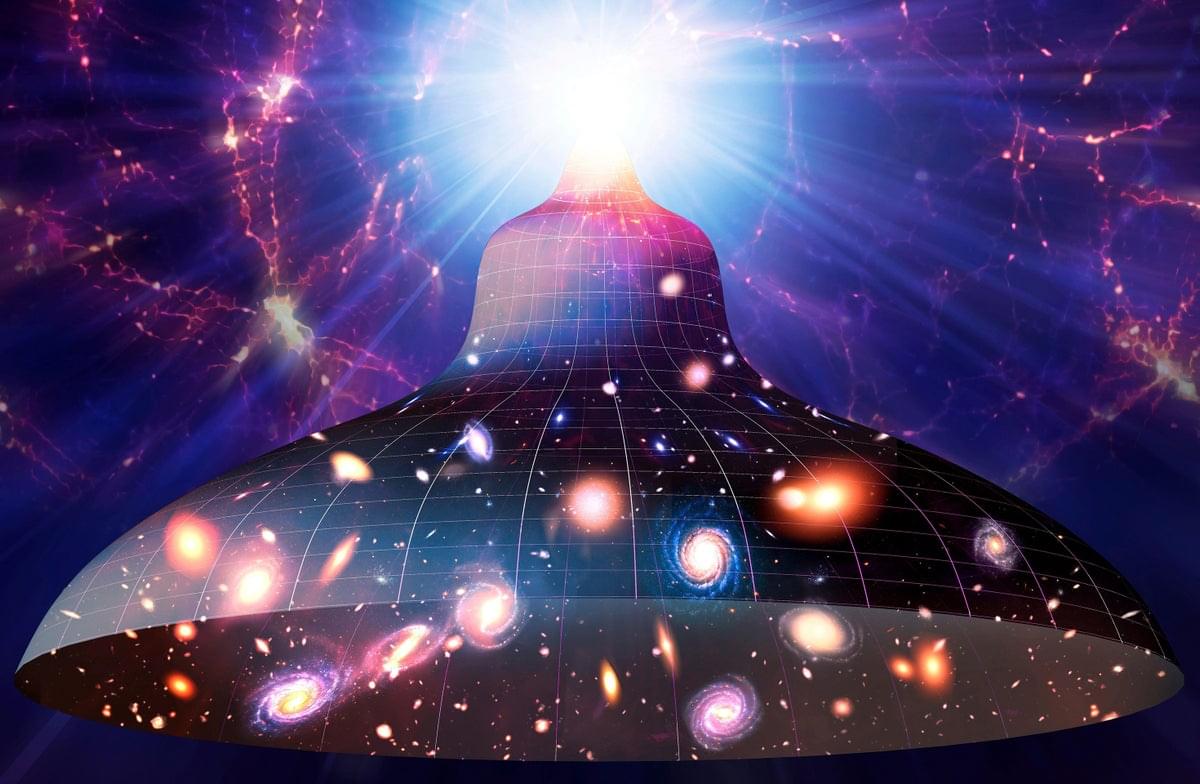The mind is a lot like a computer — but what if this metaphor was more than just a metaphor? According to the philosopher Andy Clark, human minds aren’t just like computers, human minds are computers! In this video, we’ll get into the consequences of this seemingly radical framework and what it means for cognitive science as a whole.
0:00 — Intro.
1:09 — The conceivability argument.
2:17 — Behaviorism revisited.
5:14 — Identity theory.
7:54 — Functionalism revisited.
8:56 — Computational theory of mind.
12:09 — Formal systems.
13:26 — Games.
15:20 — Language.
17:19 — Wrapping up.
18:55 — Key concepts.






